


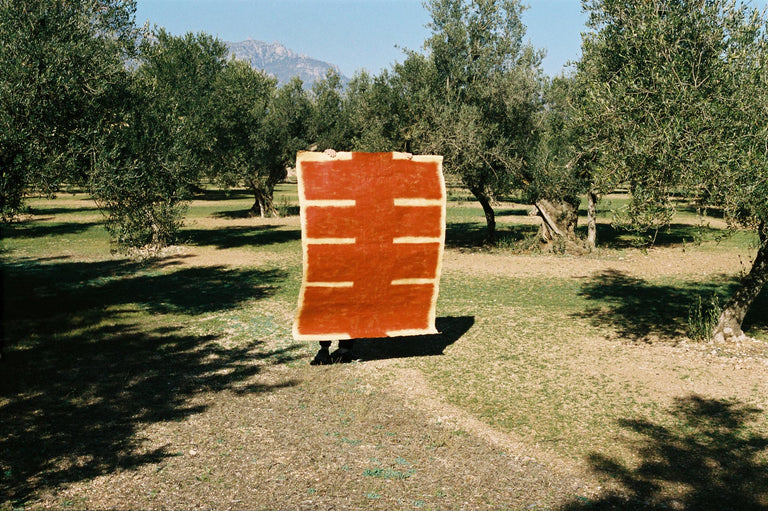
©SLP ISSUE 003
Living within your own work:
A talk with Alejo Palacios
He bought it when it was just a ruined agricultural shed, but it was a crush at first sight: “I was fascinated by the views, surrounded by olive trees and mountains. “It was clear to me that it had to be here.” La Martita, his most personal work; his house and his studio.

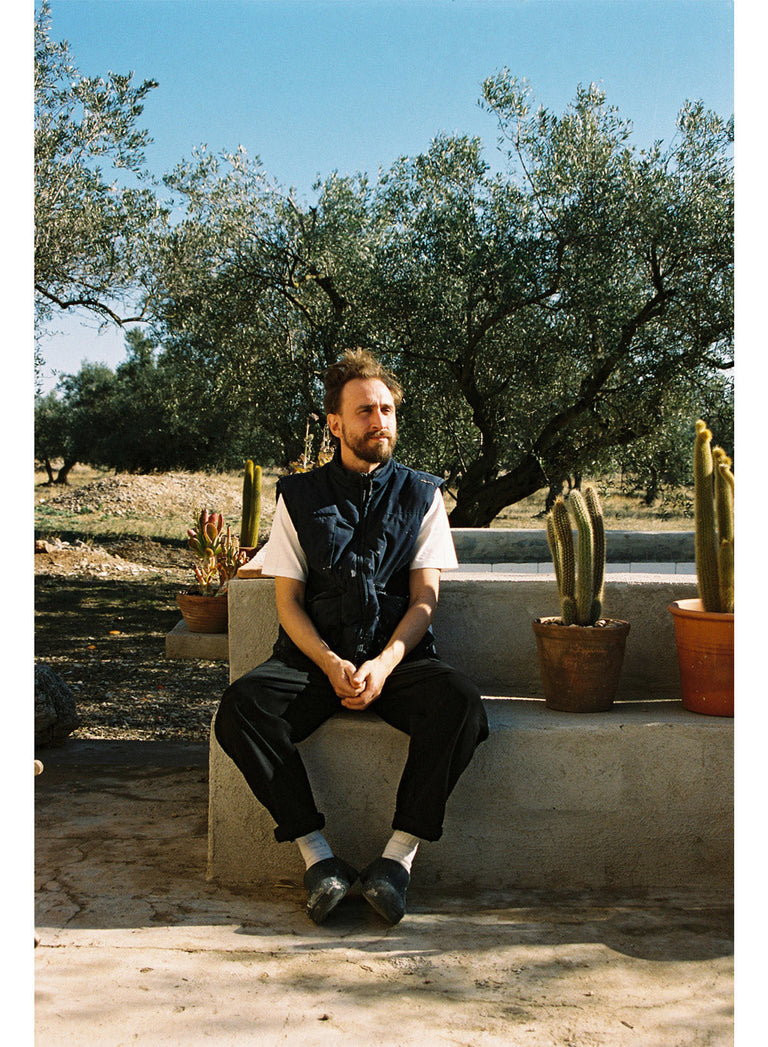
Alejo welcomes us at La Martita with his artist's vest splashed with drops of paint and with a good breakfast that we don't eat until 1:00 p.m. And for him, Mediterranean life is just that: calmly enjoying every moment, without rushing. We sat on the patio taking advantage of the intense January sun, with the only background sound of some birds. But, above all, surrounded by a calm that has nothing to do with the hustle and bustle that Alejo was accustomed to in Buenos Aires, his hometown.
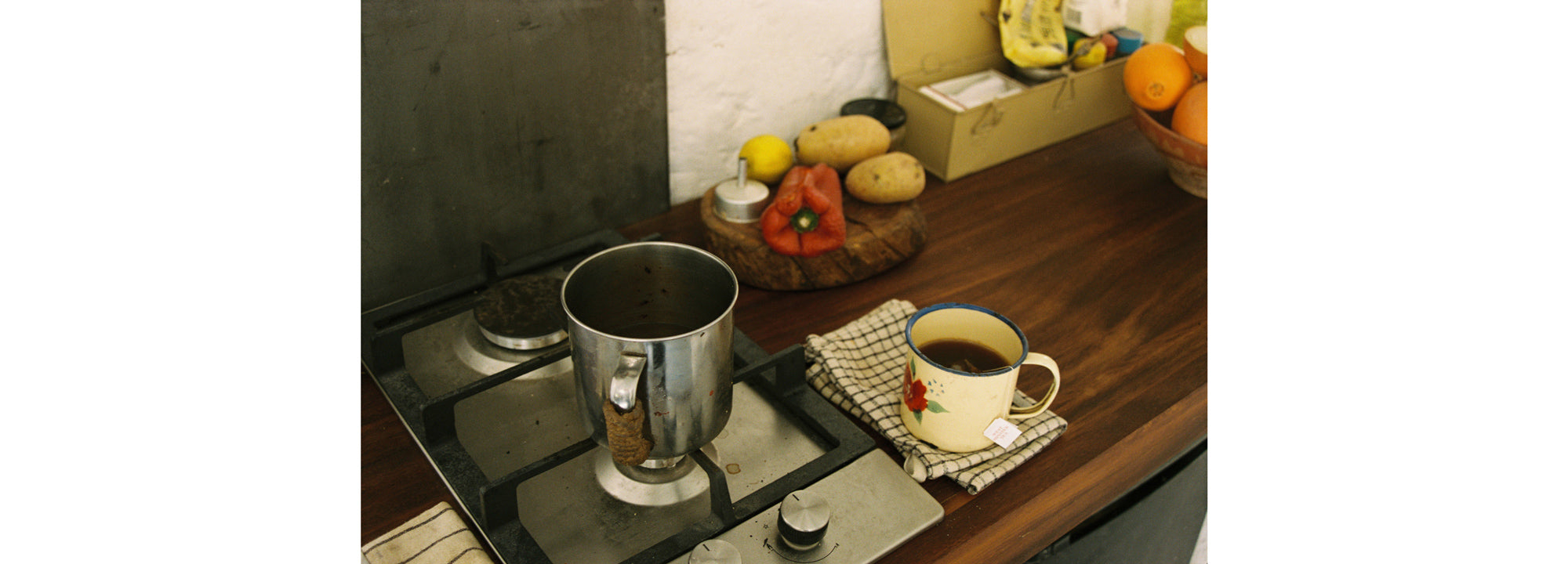
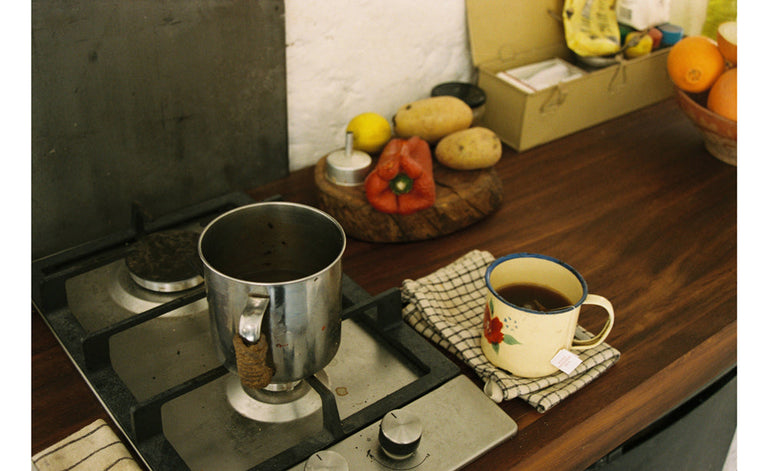
“…viendo obras que, aunque todavía no conseguía entender, ya empezaban a despertar mi curiosidad”.
The Argentine artist tells us that one of the places where he managed to find that calm as a child, and where he discovered his great passion for art, was in his mother's workshop: “I would go to see her work in the workshop or accompany her to art exhibitions.” . I have memories since I was a child of walking through museum pavilions looking at works that, although I still couldn't understand, were already beginning to awaken my curiosity."
THE MARTITA
He named her this way in honor of his mother Marta and his grandfather, since he used to use this affectionate diminutive when he lived with them. They both taught him that the only way to pursue his dreams was to bet on them, and so he did. He decided to take a plane to Barcelona to begin a new stage as an artist, since since he was little he had felt great admiration for the great Catalan painters: Dalí, Miró...

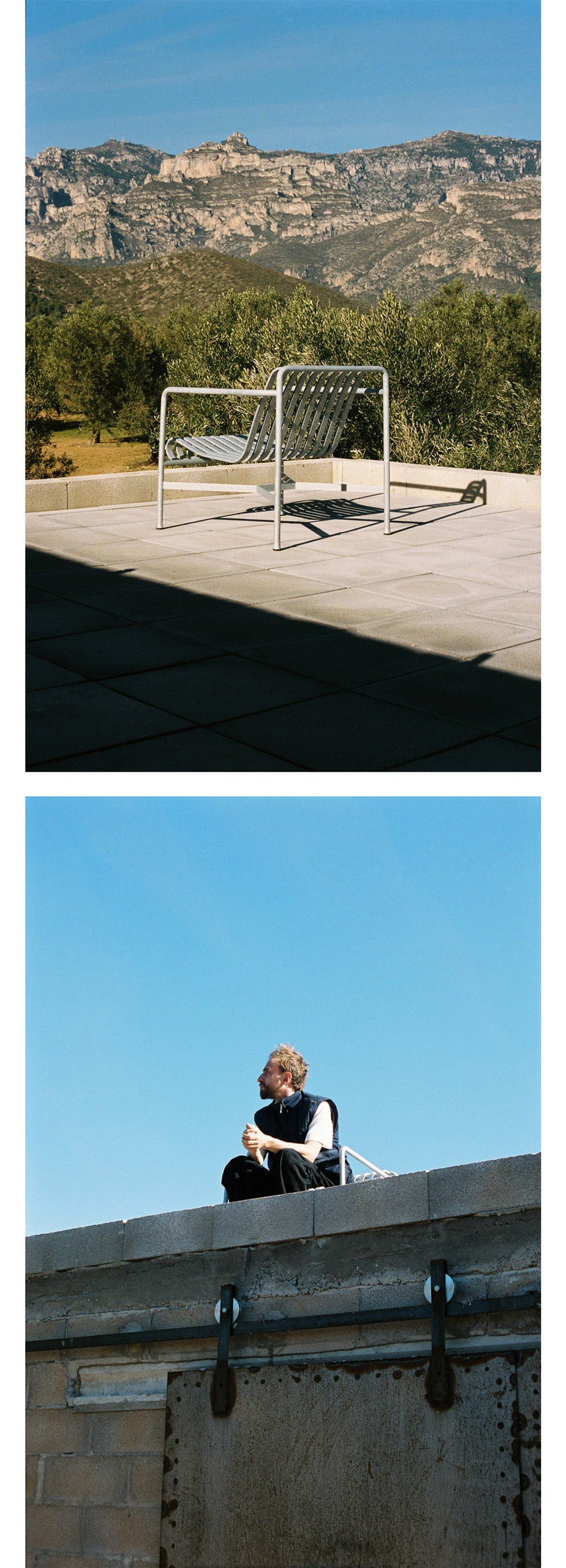
But, after a few years living in the capital, he began to feel very curious about the landscapes and tranquility of Tarragona, so he got on his bike and visited several houses in the area until he found La Martita: “It was a crush at first glance.” sight, something hypnotic.” The Argentine artist gradually introduced himself to the Mediterranean lifestyle that he himself describes as unique: “I feel like I am in a very special place, with lots of light, olive trees and a very calm climate. There are no extreme climates here, and that allows me to enjoy all the seasons of the year to the fullest.”
“El sol va entrando por diferentes puntos y eso me permite experimentar de formas muy diferentes”
Alejo talks about his house as if it were just another work in his collection and to a large extent it is. His most personal work, the one that has accompanied him for the longest time. Alejo's hut is reminiscent of a boat anchored to the mountain, with two floors separated by a rounded railing that he assembled with his own hands, like almost everything that is part of La Martita: the story-book kitchen, the curious lamp that goes up and down. It goes down, illuminating only the space you are using, the boxes for firewood or your works that adorn the white walls. Alejo has made his workspace custom, deciding all the details, down to how the light would enter each corner: “For me, natural light is very important. As the day goes by, the sun enters through different points of the house and that allows me to create and experiment in very different ways.”
IN THE WORKSHOP
La Martita's workshop is a space typical of an artist: full of painting materials, tools and papers of different textures that Alejo has collected over time. For several years he explored roles from different parts of the world: Mexico, India, Morocco and, now, also from Catalonia. Here he met a paper craftsman with whom he created a very special texture, “with a color tone that coexists very well with paint,” and which he uses in many of his most recent works.
Alejo has felt a great evolution in his style since he started working and living here, something that has a lot to do with nature and rural people. Now, his friends are farmers from other generations who teach him tools and ways of working the land that he later applies in his paintings: “Surely the path would have been very different if I had stayed in the city, since I like to link my “I work with the environment, to generate a common language.”
He explains to us that his inspiration arises when he has the least resources. A way of seeing and understanding the world that is closely linked to their way of life in La Martita: solitary and relaxed; away from the frenetic pace of the city. Following this same minimalist line, Alejo's works are characterized by their simple colors: he started only with black, very full and intense; then it went to a more natural earth red; and now he is working with white, a color that speaks of purity, of simplicity.
He still doesn't know what color he will use next in his works, but what he does know is that La Martita will continue to be his muse.














